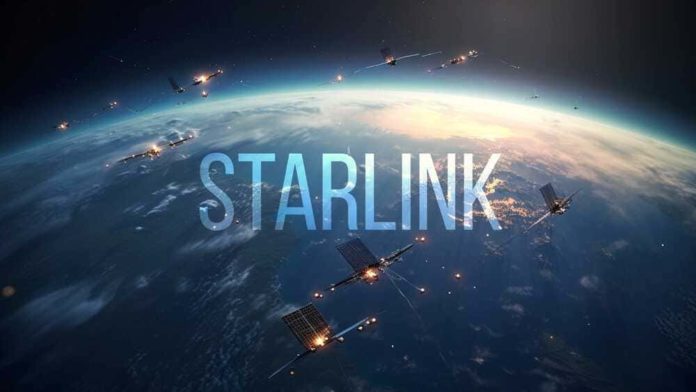SpaceX’s Starlink project has been making headlines as a groundbreaking initiative to provide global internet coverage, especially in remote and underserved areas. But as the constellation of Starlink satellites grows, so do concerns about the potential impact on space safety and the night sky. Is Starlink a visionary step toward global connectivity, or is it creating more problems than it solves?
The vision behind Starlink
Starlink is SpaceX’s ambitious plan to create a network of low Earth orbit (LEO) satellites that can deliver high-speed internet to every corner of the globe. With thousands of satellites already in orbit and many more planned, Starlink aims to address the digital divide, bringing internet access to people in rural and remote areas who have long been left behind by traditional broadband providers.
The service has the potential to revolutionize internet access, offering speeds comparable to or even better than existing options, with the added advantage of being available almost anywhere on Earth. For many, especially in regions where infrastructure is lacking, Starlink represents a lifeline to the digital world.
The connectivity challenge
The primary appeal of Starlink is its ability to reach areas where laying cables or building towers is impractical or too costly. Traditional satellite internet services have been available for years, but they often suffer from high latency and slow speeds because they rely on satellites in higher orbits. Starlink’s use of LEO satellites, which orbit much closer to Earth, significantly reduces latency and improves performance.
As the network expands, Starlink could also provide redundancy in areas prone to natural disasters, where ground-based infrastructure is vulnerable. In addition to individual users, Starlink has the potential to support businesses, emergency services, and even governments in remote locations.
The growing concerns: cluttering space
While Starlink’s goals are commendable, the project has sparked significant debate over its implications for space sustainability. One of the main concerns is the sheer number of satellites involved. SpaceX plans to launch tens of thousands of Starlink satellites, adding to the already crowded low Earth orbit.
- Space debris: The more objects we place in orbit, the higher the risk of collisions, which can generate space debris. This debris poses a threat not only to other satellites but also to crewed missions and the International Space Station (ISS). Even small fragments can cause catastrophic damage at the high velocities found in space.
- Kessler syndrome: The fear of a chain reaction known as Kessler Syndrome, where one collision leads to many others, creating an environment that’s too dangerous for space operations, is growing. Although SpaceX has designed Starlink satellites with built-in deorbiting capabilities to reduce long-term risks, the sheer scale of the constellation makes this a pressing concern.
- Light pollution: Astronomers have raised alarms about the impact of Starlink on the night sky. The satellites reflect sunlight, creating streaks of light that can interfere with astronomical observations. This issue is particularly concerning for ground-based observatories, which rely on clear, dark skies to study the universe. SpaceX has attempted to mitigate this by applying sunshades and other measures to reduce the satellites’ brightness, but the problem persists.
Balancing connectivity and sustainability
The debate around Starlink highlights the need to balance technological progress with responsible stewardship of space. While the benefits of global internet access are clear, they must be weighed against the potential risks to the space environment.
International cooperation and regulation
As more companies and countries develop their own satellite constellations, international cooperation and regulation become increasingly important. Currently, space is governed by a patchwork of treaties and agreements that are often outdated and lack enforcement mechanisms. The rise of mega-constellations like Starlink underscores the need for updated regulations to ensure that space remains a sustainable environment for future generations.
Some proposed solutions include stricter guidelines on satellite design to minimize the risk of collisions, improved tracking of objects in space, and international agreements to manage the number and placement of satellites in orbit.
SpaceX’s Starlink project is a bold and visionary attempt to connect the world, offering the promise of high-speed internet access to even the most remote corners of the globe. However, the potential downsides, including space debris, light pollution, and the risks of overcrowded orbits, cannot be ignored.
The future of space exploration and use will depend on finding a balance between innovation and responsibility. As we push the boundaries of what’s possible, it’s crucial to ensure that we do so in a way that protects the space environment for the generations to come. Whether Starlink will be remembered as a triumph of global connectivity or a cautionary tale about the risks of unchecked expansion into space remains to be seen.













